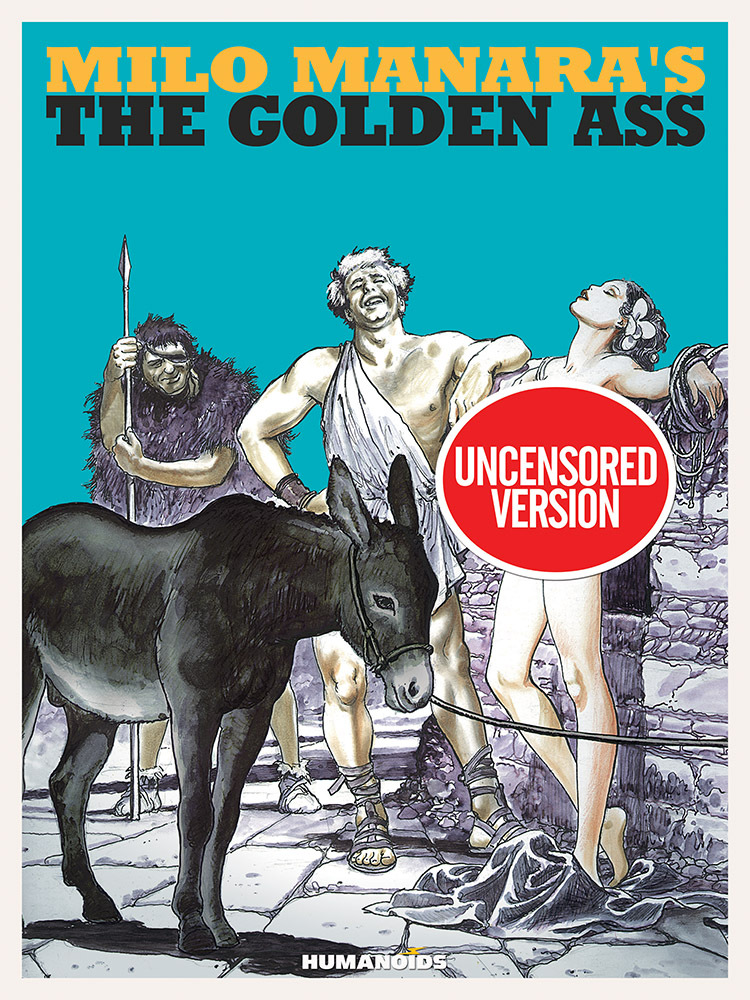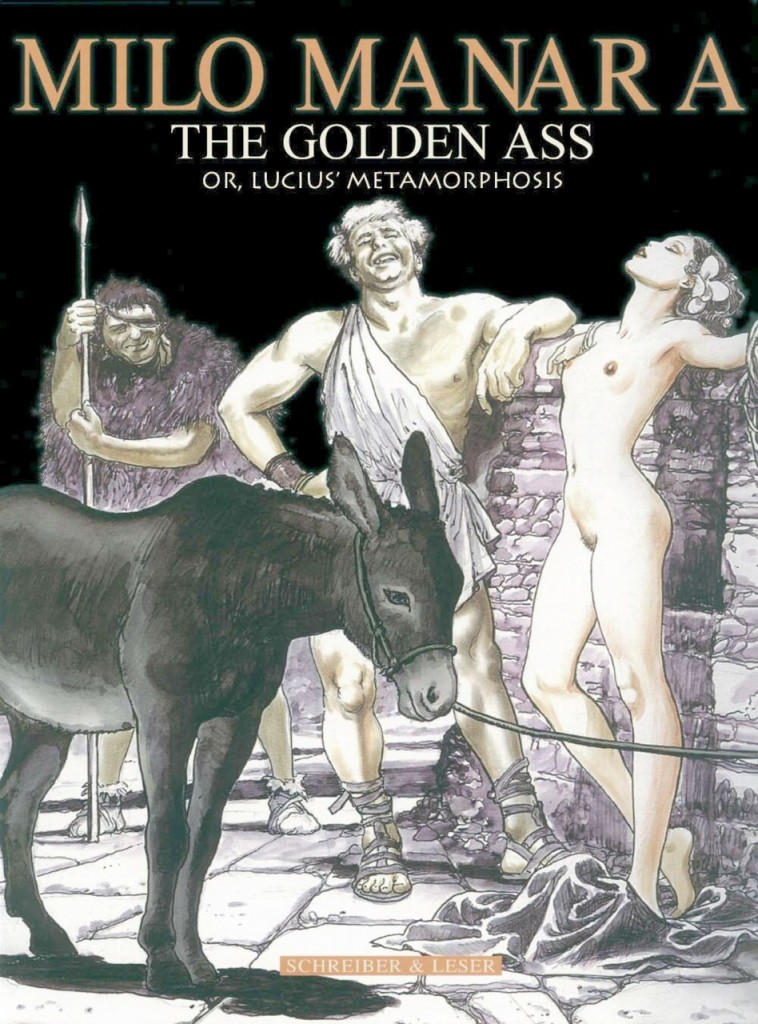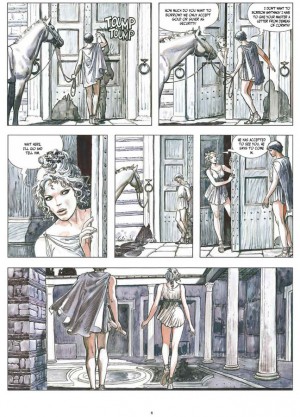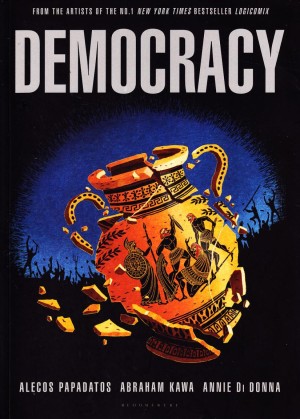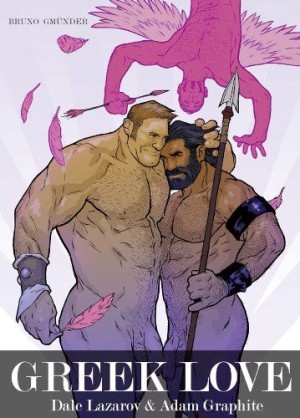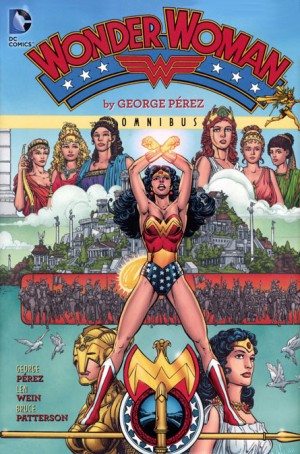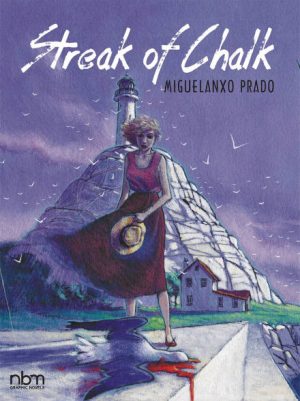Review by Frank Plowright
To many the combination of Milo Manara’s art applied to the only known completeRoman era Latin novel is surely enticing alone, and that anticipation is repaid. It opens with a traveller in ancient times, Lucius, in the hilly lands between Macedonia and Thessaly. He’s heard tales of mystical transformations of humans into animals, and other dangers, but he’s more curious than threatened, and has a letter to deliver to a certain Milo. This is despite being warned that Milo is notoriously mean, there will be a price to be paid for any hospitality and that Milo’s evil wife Pamphile specialises in illusions. Irregardless, their sole servant, the alluring Photis is a willing bed companion.
This is a bawdy and raucous tale, and for once the sexual situations aren’t contrived by Manara, but detailed by Apuleius in his original writings. True Manara excises much of the remaining plot in order to spend more time in sexual indulgence, but the gist of it remains true to the original. Lucius is transformed into an ass through his own ignorance, and although all he has to do is eat roses to reverse his transformation, circumstances constantly prevent this as he’s transported from one danger to the next.
In terms of erotica, Manara’s speciality after all, The Golden Ass is as a strong a story as Manara has produced. The art is lush and gorgeous, playfully produced in the faded shades of Roman frescos exposed too long to the light, the story has a structure, and, importantly, a conclusion, so often the most disappointing aspect of Manara’s erotic work. That’s because much is provided by Apuleius, and the Romans were altogether less prudish about nakedness, pleasure and bodily functions, so merely being true to the times allows some leeway. Manara’s not as enthusiastic in expanding on the gay aspects, which are accorded a single coy panel rather than extended extrapolation, but when it comes to the ass being seduced by a woman we’re granted the full monty.
The interference of the gods is a common aspect of ancient literature, and this is gloriously depicted by Manara, extending his palette to full colour on two occasions, the crowning glory of what can be considered among the best of Manara’s erotica. With a different translation, this can also be found in the second volume of Manara Erotica.
